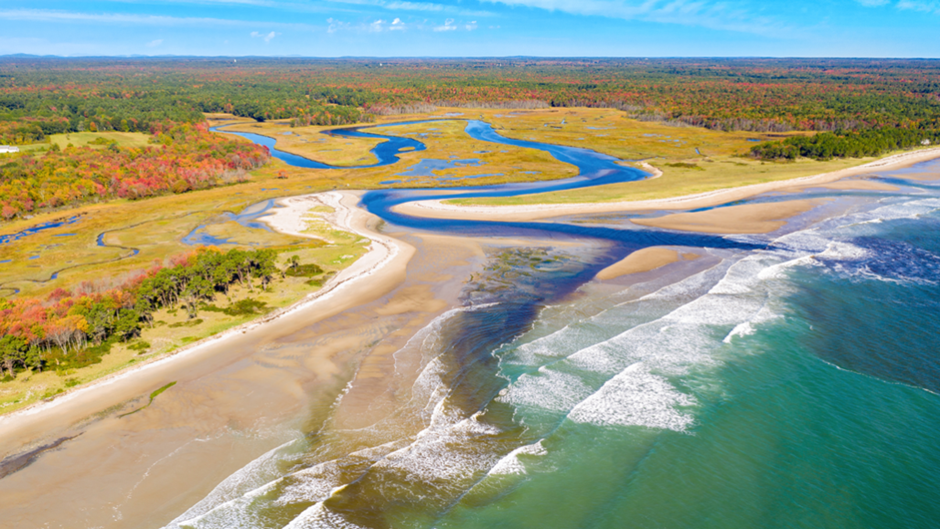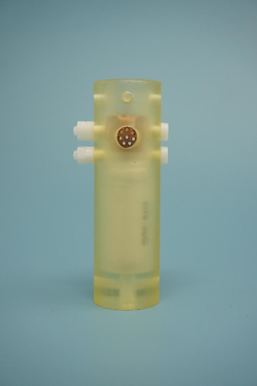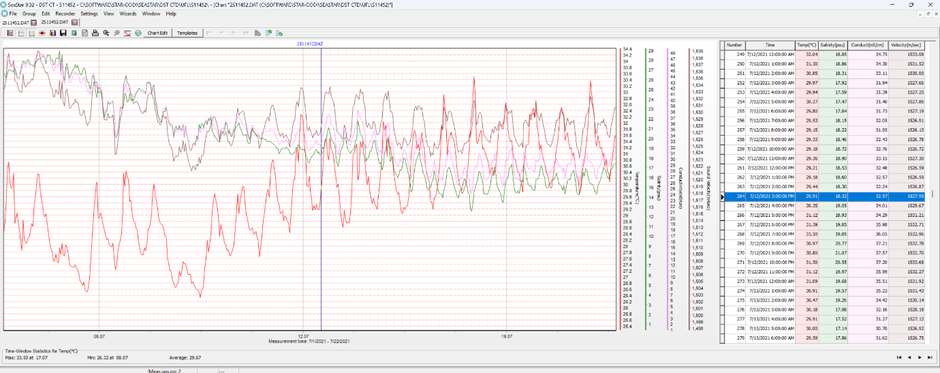Case studies

Star-Oddi Salinity Loggers Used to Monitor Estuaries and Coastal Areas
For over two decades, Star-Oddi‘s small salinity loggers have been used to monitor changes in salinity and temperature levels in estuary and wetland areas.
Here are some reasons for considering the use of DST CT, conductivity and temperature logger, and DST CTD, conductivity, temperature and depth logger in this application.
Wide salinity range to capture the variations
The conductivity sensor is calibrated to capture environmental conditions of brackish to high salinity of seawater, with a measuring range of 3 to 68 mS/cm. This range is suitable to cover wide salinity fluctuations due to freshwater in-flow. The loggers can for example cover a salinity range from 2 to 64 PSU at 12°C sea temperature. A low conductivity range 0.1-6 mS/cm is available, for freshwater and slightly brackish.
Biofouling protection device for long term monitoring
When leaving the salinity logger unattended for a month or a longer period of time it is recommended to use our copper grid antibiofouling device in combination with our protective housing, to minimize the fouling on the conductivity cells.

Battery life up to 5 years
The lifetime of the logger depends on the defined sampling interval and frequency of use. As an example when measuring at 10 minute interval, the logger has energy capacity to last up to 5 years. Battery life is reported upon connection with the logger. Based on a defined sampling interval and study length, the user gets an estimate of the use of the battery and memory.
Easy to attach to gear
For flexibility with mounting and for protecting the logger, our plastic housing is recommended. With holes on top and bottom it is easy to strap or attach it to a mooring or a monitoring station.
Ideal for numerous monitoring locations
The use of these economical, small sized loggers with protective housing allows for multiple salinity monitoring stations to fit under a budget.
Viewing the data
The retrieved data is displayed with a time-stamp for each measurement. An example of estuary data profile can be seen below.

Want more information?
For further information on specifications and application visit our salinity loggers product page or send us an email at [email protected]
Publications on salinity and temperature studies using our loggers:
- CTD in oyster aquaculture
- CT(D) in coastal areas of Bangladesh
- CT used in stationary monitoring in Antartica
- CTD measuring salinity levels close to clams